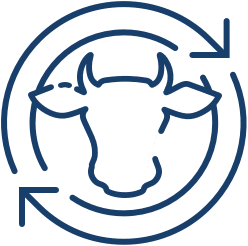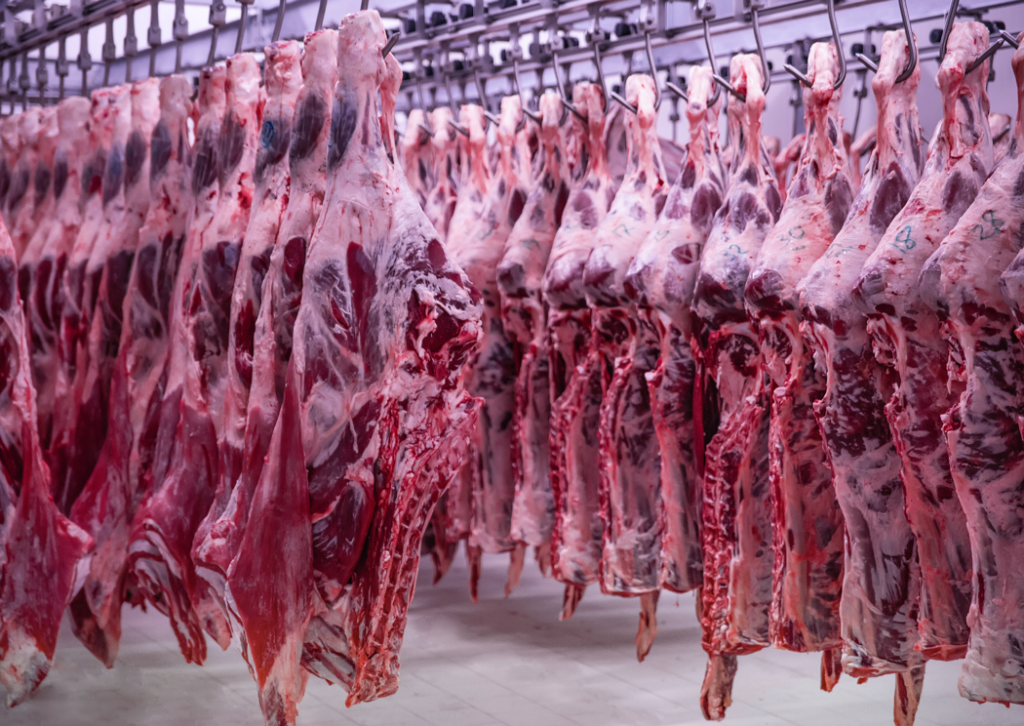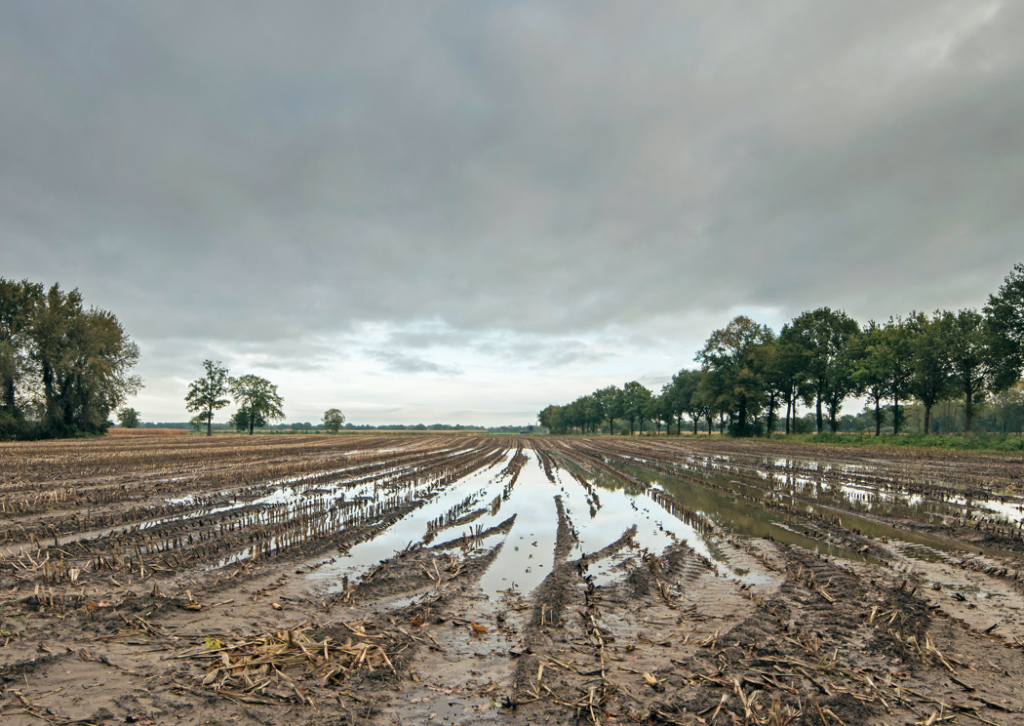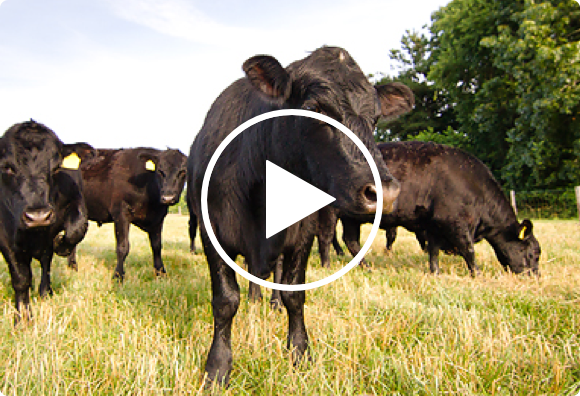Predictions, Well Done
There’s a Better Way to Forecast
Most food and meat suppliers are still doing their market forecasting based mostly on experience and gut feeling. Some may just “wing it” without a written forecast.
DecisionNext combines human experience with predictive, machine-learning capabilities to help you discover connections you never knew existed before.
Simulate Market Conditions Without Risk
Designed to help commodity-focused industries such as food, meat, agriculture and related retail outlets, DecisionNext lets users simulate market conditions to quickly create risk-aware forecasts.
Our tools help your organization better evaluate a range of alternatives and options in operations, sales and procurement, then recommend actionable decisions.
DecisionNext helps you understand the uncertainty of your market so you can know how confident to be in a forecast, and what your downside is.
CASE STUDY

Where Meat-Buying Intuition Meets Artificial Intelligence
DecisionNext has produced this whitepaper which focuses on how its patented machine-learning technology combines with your industry expertise to produce a competitive edge.
How a Fresher Outlook Improves Food Forecasting

Better Market Agility
DecisionNext gathers real-time data to help you make decisions based on future market conditions rather than simply rules of thumb or recent history.

Contracting
DecisionNext produces risk-aware analyses designed to help you choose the best course of action to improve the business.

Increased Learning Speed
DecisionNext allows your market experts and leaders to make faster, better decisions in real-time.

Spoilage presents unique difficulties
for the food and meat business.
To understand how DecisionNext can help you mitigate risk and add value, consider some of the particular challenges that companies in the protein sector face each day.
Meat Industry Challenges
- Spoilage creates urgency—sell it or smell it
- Freezing can destroy value or generate opportunity pending market conditions
- Disassembly business model—one input, 1000s of potential, mutually exclusive outputs
- Price volatility of inputs and outputs
- Complex yet powerful substitute relationships between proteins

With protein, the instant your product is frozen, it’s worth much less than it was fresh. And unlike an assembly line, meat processing involves disassembling one thing and turning it into thousands of other things.
That means processors carry the burden of having to predict their product mix, making forecasting that much more complex. Consequently, too many processors just take the market price instead of taking positions, effectively letting the competition price their product.
Food retailers, on the other hand, tend to simply repeat the forecast they made in previous calendar years.
For packers, the biggest challenge is usually sold position, when you have to marry up your supply to market demands. One wrong decision could ruin a whole season.

How Can You Accurately Predict Your Season?
Everyone understands a forecast carries risks. But the problem is that most producers are working from a single-point forecast, which means they don’t know how much risk it entails. And putting a pretty bell-shaped curve around the forecast isn’t much help. You need information that helps you make better decisions.

Data Analytics & Machine Learning in the Beef Industry
Listen in as Mike Neal & Bill Rupp explain machine learning in action and explore
5 practical use cases in the beef industry. The applications range from cattle performance and optimizing yield to price forecasting and the ‘virtual meat case’.
Making Unexpected Market Connections
Sirloin flap meat is a popular cut of beef at many Southern California stores. Say you run a grocery chain and want to generate a more accurate forecast for sirloin flap meat to plan your advertising buy. DecisionNext tested exactly such a scenario for a client.
It turns out cattle prices in Eastern Australia have a significant impact on sirloin flap meat in the U.S., even more than U.S. cattle prices. Yet the Australian connection was a surprise that even experts had not discovered or explored before. With DecisionNext, it only took minutes in the software to uncover the relationship as a market-driver.
Improve your Market Forecasting and Analysis
Complete the quick contact form and we’ll be in touch.
Improve your Market Forecasting and Analysis
Complete the quick contact form and we’ll be in touch.
